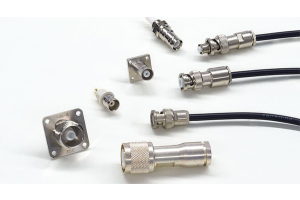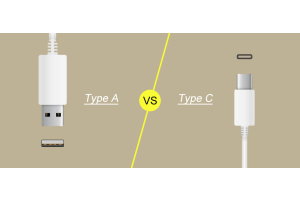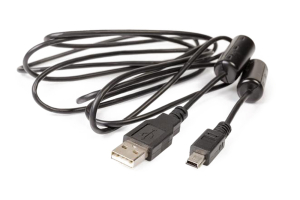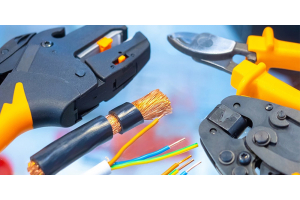Mastering M12 Connectors: A Comprehensive Guide for Industrial Connectivity
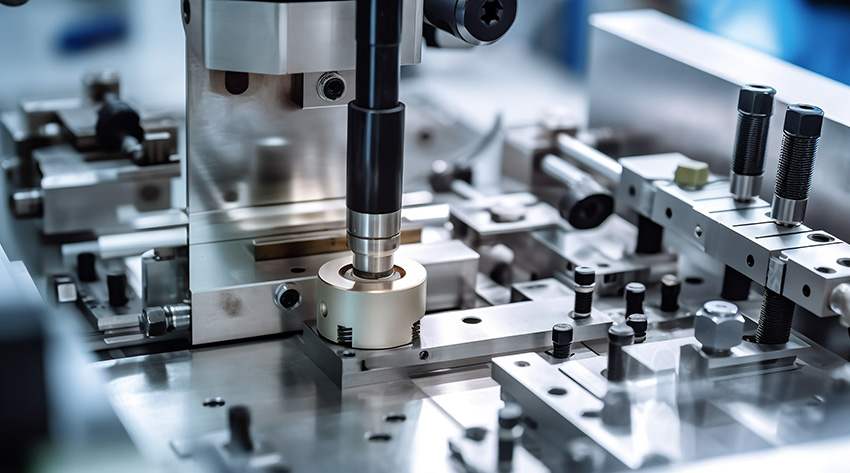
Connectors transfer signals and information between boards and components in larger systems. m12 connectors are common general purpose connectors in many cable types to support protocols such as process fieldbus (Profibus). However, there is no single M12 connector; there are many possible M12 connector pins that can be used in different systems.
M12 connectors are typically used to interface between PLCs, electromechanical systems, and other electrical systems on the plant floor. When you design around this connector system, you need an M12 connector pin to connect the signal ports on either side of the Rx/Tx.
In this article, we'll take an in-depth look at M12 connectors - what they are and where they should be used.
What is M12 Connector?
M12 connectors are circular keying connectors with 12 mm locking threads. They offer a rugged, flexible option for the connection of a wide range of equipment. Originally designed for corrosive environments requiring high reliability, they are now also widely used in high-end factory environments where high data transfer rates are required. M12 connectors are primarily used in industrial automation, including actuator, industrial Ethernet, sensor, Profibus and fieldbus applications.
Unlike some other connector types, such as USB, which are non-removable, M12 connectors can be reliably connected by soldering, vertical through-hole fixing or right-angle connectors. They are designed to withstand environmental stresses and are waterproof, making them ideal for heavy-duty applications. The housings of these connectors are typically made of stainless steel or plated with brass and nickel to prevent rust and corrosion. In addition, M12 connectors are capable of operating over a wide temperature range, from -40°C to 85°C, for high temperature factory environments as well as below freezing temperature conditions. Overall, M12 connectors for flexible applications have lower temperature tolerances than connectors that cannot be bent after installation.
M12 Connector Coding
M12 connectors are coded according to whether they are required to transmit data or power.
Data Applications
For data applications, there are 5 main M12 connector codes labeled A, B, C, D or X. These connectors have 3, 4, 5, 6, 8, 12 or 17 pins, depending on the number of signals, the type of signal, the type of interface involved in the connection, and the connector code. Note that each coded connector has its own key format, and different connector styles have different possible pin counts. common key styles for the 5 main M12 connector codes are shown below.


Power Applications
There are 5 additional M12 connector codes for AC power, DC power and general purpose use in different protocols. These are the S-coded M12 connectors for AC power, which will eventually replace the C-coded power components. the T-coded M12 connectors are designed for DC power and will eventually replace the use of A-coded connectors to supply DC power. Finally, K-coded M12 connectors are being developed for AC power, while L-coded connectors are used for DC power for the Profinet bus. The following table summarizes the various M12 connector codes and their applications.
| Connector code | Applications |
|---|---|
| A | Sensors, DC power, gigabit Ethernet |
| B | Profibus connections |
| C | AC power |
| D | Up to 100 Mbit Ethernet (Standard TIA 568-B) |
| X | Up to 10 Gbit Ethernet (Standard TIA-568-C.2) |
| S and K | AC power |
| T and L | DC power |
| P | Various uses |
M12 Connector Pin-out
For M12 connectors, the exact pinout arrangement depends on the connector code type and the number of pins. The image below shows the pin arrangement of an A-code connector, but other code types have a similar pin arrangement. For example, a C-code M12 connector can have 6 pins, a B-code connector has 5 pins, and a D-code connector has 4 pins. The top key positions are shown below and are consistent with the top key positions of other connector styles. In addition, the pin patterns shown below are used in a variety of connector styles.


Selecting the Right M12 Connector
Review the device data sheet: Refer to your device's specifications and requirements for information on the connector type, code, and number of pins required.
Determine power and temperature ratings: Know the absolute maximum power and operating temperature range of your device and select a connector with the proper safety factor to ensure it can withstand the required current and temperature conditions.
Search for specifications and requirements: Use an electronic search engine to find the components and connectors you need and filter them according to specifications and requirements. You can refer to the manufacturer's product manuals, technical specifications and certification documents for more detailed information.
Consider environmental conditions: Depending on the characteristics of the actual application environment, consider the connector's performance in terms of water resistance, shock resistance, and corrosion resistance. If the equipment will be used in harsh environments, ensure that you select connectors with the appropriate level of protection and durability.
Brand and quality: Choose a well-known brand or reliable manufacturer to ensure that the connector has good quality and reliability. Refer to user reviews and professional opinions to select connectors that are proven and tested.
Compatibility with equipment: Ensure that the M12 connector you choose is compatible with your equipment and other components. Consider factors such as wiring and connection methods, code types and pin arrangements to ensure that the connector will connect and transmit signals properly.
How do M12 connectors relate to M8 connectors?
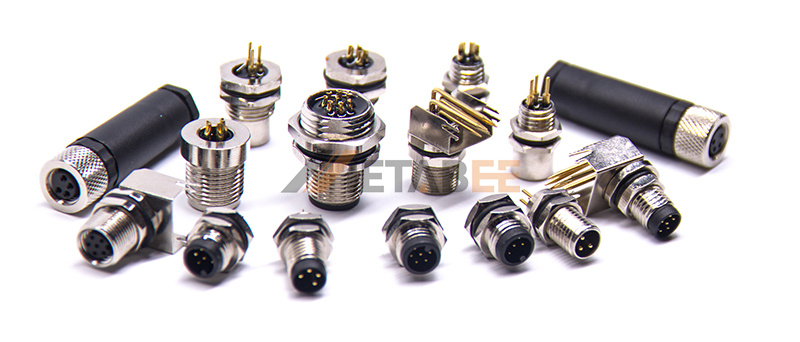

M8 and M12 connectors are common connector types used in industrial automation systems that connect sensors, actuators and switches. M12 connectors are used in a wider range of applications, both in industry and in measurement, food and beverage and robotics applications. This is because M12 connectors are waterproof and can work underwater, whereas M8 connectors do not have this capability.
The origins of the M8 and M12 connectors date back to 1982, and they are both connectors that are held in place using a swivel nut and measure ⅞ inch and 12 mm (M12) or 8 mm (M8), respectively. These names do not represent progressive development, but are based on the thread size of the connection nut. This reflects the trend toward miniaturization of technology, but also emphasizes the use of different types of connectors in different applications. Therefore, depending on the specific application needs and environmental requirements, the appropriate connector type (M8 or M12) is selected to ensure reliable connections and performance.
M8 and M12 connectors play a key role in compact communication systems. m12 connectors and cables need to comply with more standards because they have a wider range of applications. m12 connectors are flexible and can even be connected directly to PCB headers. However, the connection to the PCB header requires proper protection to prevent physical or chemical damage to the underlying circuit board.
Whether you need M8 or M12 connector pins, Metabee offers data sheets and blueprints of a range of available connectors. Also access pricing, distributor inventory and technical specifications for a range of electronic components and connectors. Very much looking forward to contacting us.

